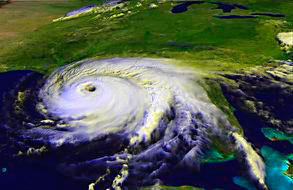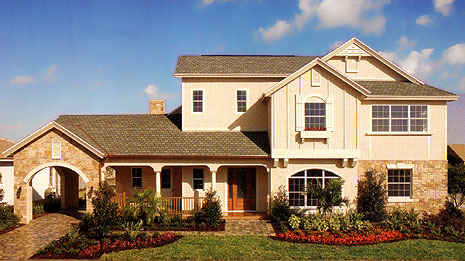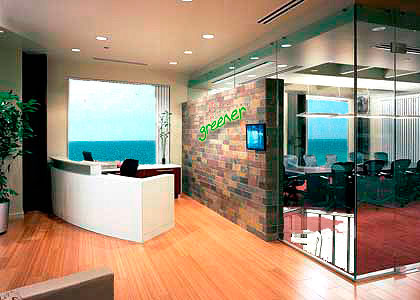A Greener consumer alert
An Ill inois wind blows COLD
Hurricane season is indeed once again on our charts according to World Changing, but perhaps the greater threat to homeowners this year will be their insurance providers. This week Allstate announced to Florida policy holders that they intend to raise premiums by 28% to help offset the losses they incurred during last season's unprecedented destruction.
Florida officials, the insurance commission and Governor Bush, immediately challenged the proposal and promised to block the 'requested' increase - unfortunately those same officials had previously set a rule which allows insurance providers to collect the increased fee while it is under consideration by the commission. The theory is that if a provider asks for an increase from the commission it is entitled to collect that increase until the fee hike is approved. If not approved why then the company simply refunds the monies as a credit to policy holders and everyone is forgiven.
- unfortunately those same officials had previously set a rule which allows insurance providers to collect the increased fee while it is under consideration by the commission. The theory is that if a provider asks for an increase from the commission it is entitled to collect that increase until the fee hike is approved. If not approved why then the company simply refunds the monies as a credit to policy holders and everyone is forgiven.
The timing is unfortunate as Allstate earlier this month issued a very sunny quarterly report showing a considerable profit taking from the most recent period which was well received, as may be expected, by its shareholders.
Homeowners in Florida should check with My Florida regarding their insurance 'right to' options and the Deconstruction Institute if they want to protect their homes and the environment.
Hurricane season is indeed once again on our charts according to World Changing, but perhaps the greater threat to homeowners this year will be their insurance providers. This week Allstate announced to Florida policy holders that they intend to raise premiums by 28% to help offset the losses they incurred during last season's unprecedented destruction.
Florida officials, the insurance commission and Governor Bush, immediately challenged the proposal and promised to block the 'requested' increase
 - unfortunately those same officials had previously set a rule which allows insurance providers to collect the increased fee while it is under consideration by the commission. The theory is that if a provider asks for an increase from the commission it is entitled to collect that increase until the fee hike is approved. If not approved why then the company simply refunds the monies as a credit to policy holders and everyone is forgiven.
- unfortunately those same officials had previously set a rule which allows insurance providers to collect the increased fee while it is under consideration by the commission. The theory is that if a provider asks for an increase from the commission it is entitled to collect that increase until the fee hike is approved. If not approved why then the company simply refunds the monies as a credit to policy holders and everyone is forgiven.The timing is unfortunate as Allstate earlier this month issued a very sunny quarterly report showing a considerable profit taking from the most recent period which was well received, as may be expected, by its shareholders.
Homeowners in Florida should check with My Florida regarding their insurance 'right to' options and the Deconstruction Institute if they want to protect their homes and the environment.



2:00 PM













